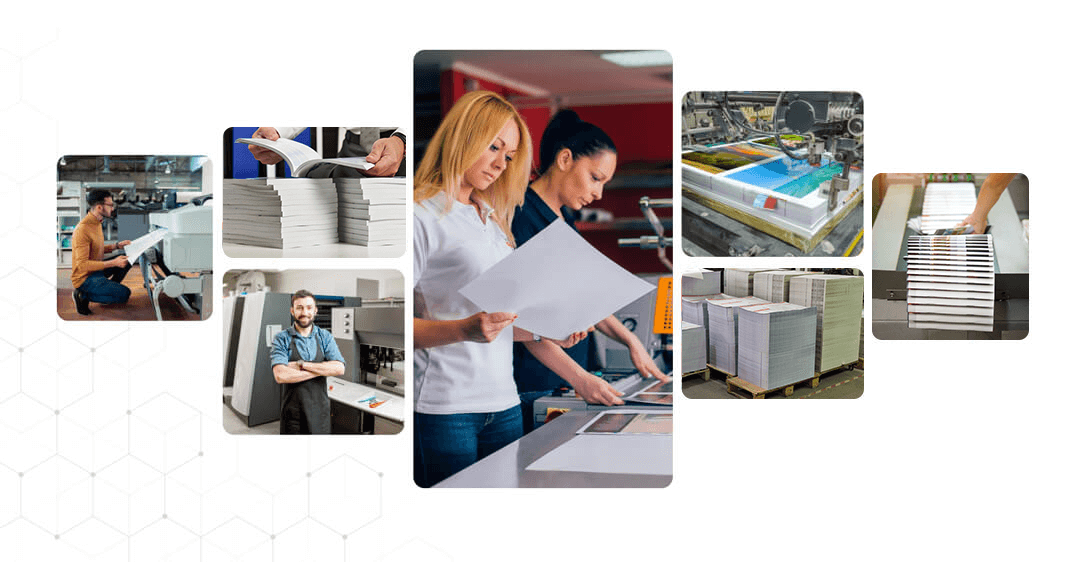When it comes to considering self-publishing a book, one of the options available for producing it is print-on-demand. However, it's essential to carefully weigh the various pros and cons to determine if it's the right choice versus full-service printing and book fulfillment services. On-demand has the advantage of allowing anyone to become an author without the risk of investing in inventory. On the flip side, trade-offs are particularly affecting profit and the lack of access to valuable customer data. Knowing your readers' interests can benefit your business and provide profitable future selling opportunities.
If you plan and make a minimal investment in printing books beforehand, you can utilize the services of a fulfillment house to ship your orders. This approach allows you to sell books directly from your eCommerce store while participating in platforms like Amazon. By taking advantage of the "orders fulfilled by seller" option, you can tap into its expansive customer base without sacrificing control over your book. This method also enables you to retain access to your customer's information, providing opportunities for upselling and giving you a list of email addresses for future promotional efforts.
Deciding on print on demand also depends on the nature of your book and the specific way you plan to print it. Working with a conventional printer typically offers a broader range of options when compared to utilizing print-on-demand services, which tend to be more limited in scope. It includes choices in binding and available add-ons such as embossing or lamination. Access to a full range of options can be especially beneficial if your book is intended to serve as a significant part of your personal or brand image. The goal is to significantly enhance your competitiveness in the crowded marketplace.
When deciding about printing methods, it's crucial to recognize that even with the rising popularity of eBooks and audiobooks, more than eight out of 10 buyers stillpurchase a printed version. This statistic highlights the enduring appeal of physical copies. Therefore, the quality and format of your book's printed versions remain crucial, mainly as they directly compete with traditionally printed books for the attention of potential readers. A thoughtful and strategic approach to producing your physical copies is essential to effectively capture your target audience's interest and stand out in a crowded marketplace.





Comments